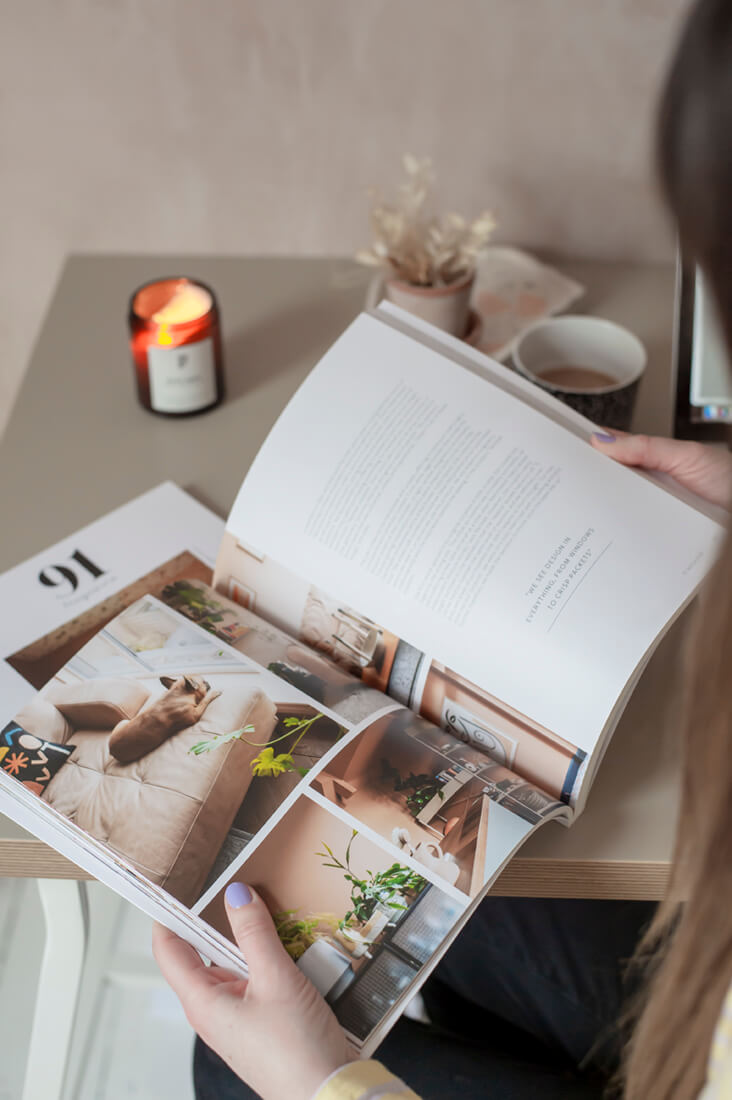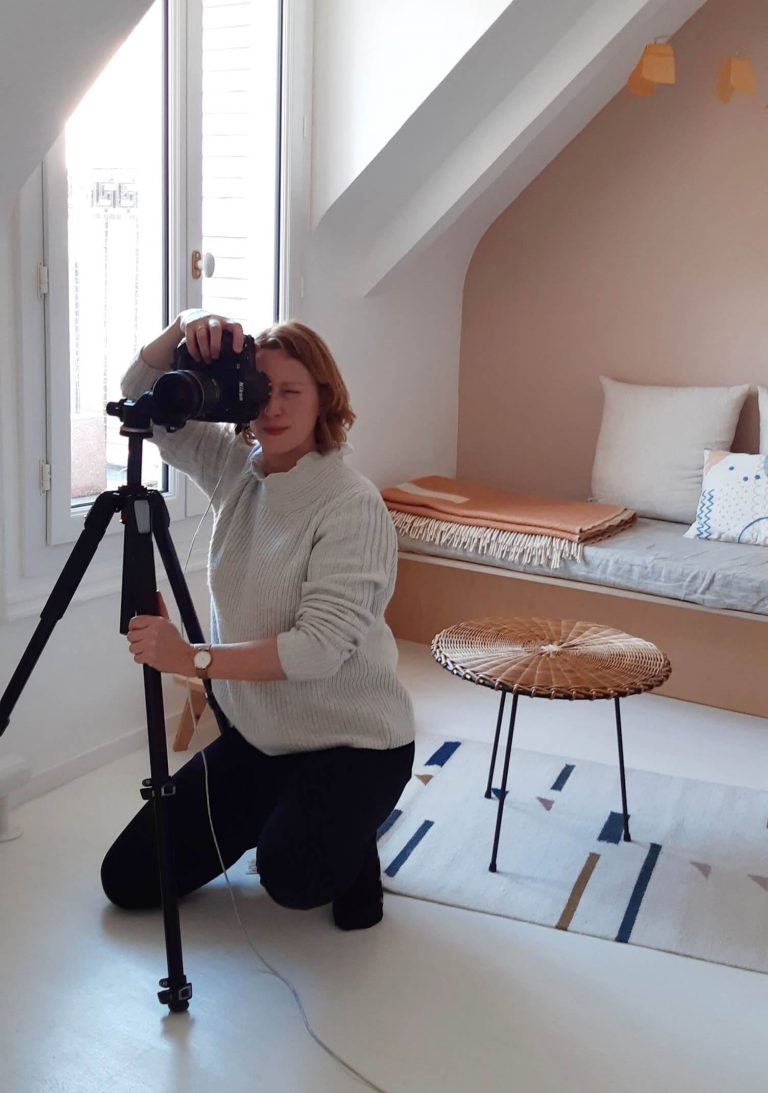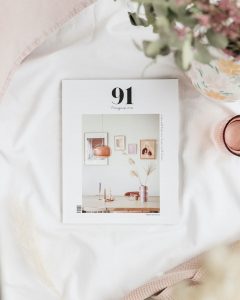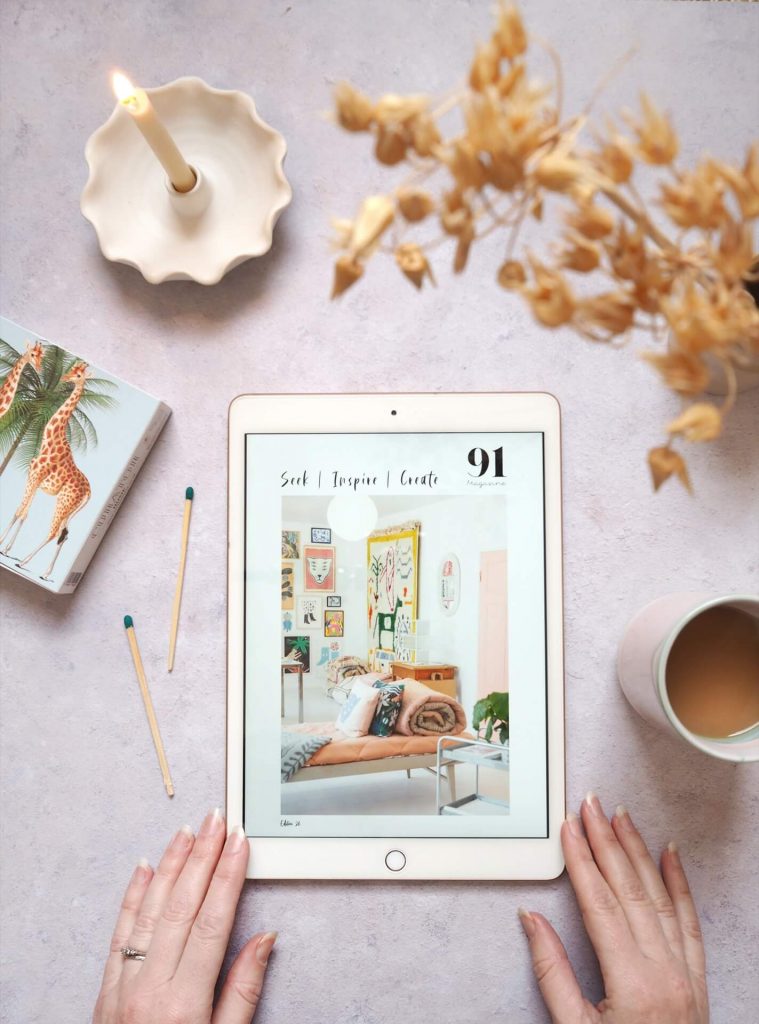Whether you are a photographer, a small business owner or a creative in any sense, understanding the law around copyright regarding photography is so important. As a photographer you should know your rights as this could greatly affect the success of your career and for everyone else, having knowledge in this area will help to protect you (and potentially your business) against any legal action.
The most common misunderstanding when photography is commissioned is who owns the copyright to the images. Many clients believe that if they paid a photographer for a job, then they automatically own the images. This is not the case under most contracts. Copyright law states the photographer owns the images unless otherwise contractually agreed ahead of the photoshoot.
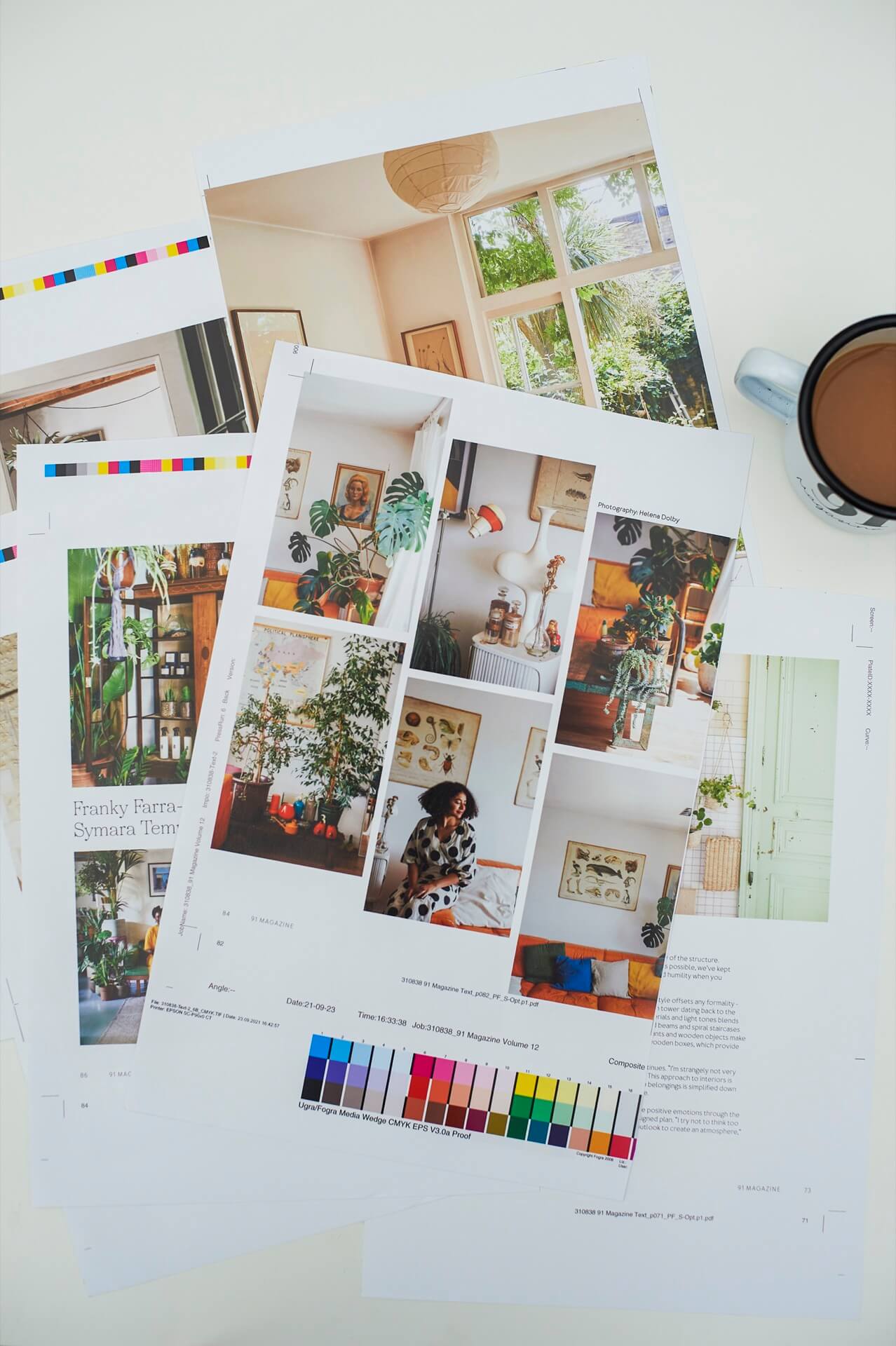 What is Copyright?
What is Copyright?
Copyright is a form of legal protection that gives creators the exclusive right to use, reproduce, and distribute their original works. This means that as soon as a photographer takes a photo, they own the copyright to that photo. It is a form of Intellectual Property and is legally protected by the Copyright, Designs and Patents Act of 1988. This includes holiday snaps through to high end fine art photos!
Essentially, if you didn’t take the picture, you don’t own it, unless otherwise agreed through a contract.
What does copyright mean for photographers?
The final image created is a combination of the photographer’s skill and expertise – the composition, the lighting, the depth of field, the editing and post-production etc. – and therefore the image is owned by photographer. It doesn’t matter that the subject of the photo does not belong to the photographer.
As the copyright owner, the photographer has the exclusive right to:
- Reproduce the photograph: meaning no one else can make copies of the photograph without their permission.
- Distribute the photograph: meaning no one else can sell or distribute copies of the photograph without their permission.
- Display the photograph: meaning no one else can display the photograph publicly, such as on a website or in a gallery, without their permission.
- Create derivative works: meaning no one else can create new works based on the photograph without their permission.
How long does copyright apply to an image?
Copyright in photographs lasts for the lifetime of the photographer plus 70 years. After that time, the photo enters the public domain and can be used by anyone without permission.
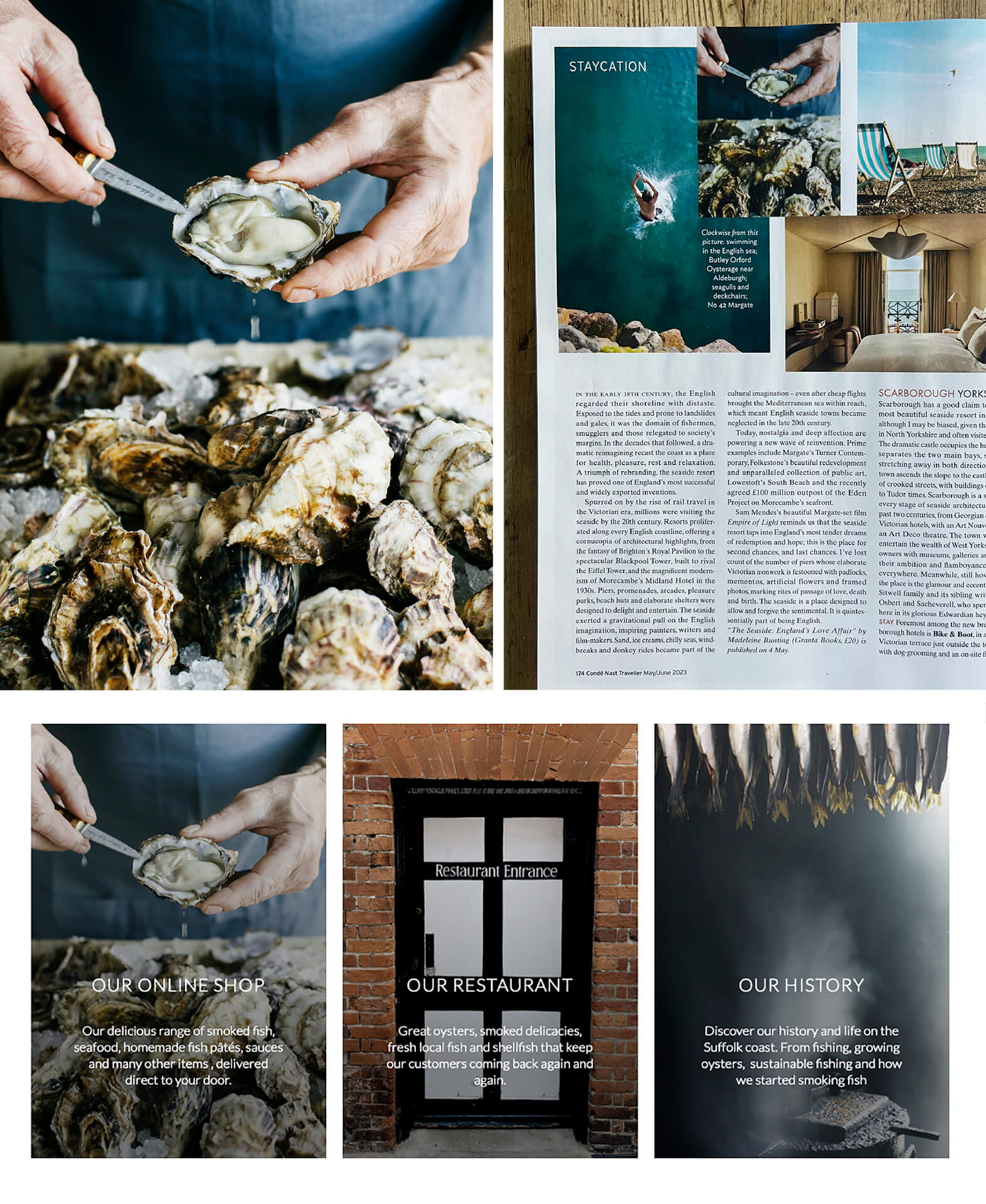
Why should a photographer NOT sell their copyright?
By owning the copyright, an image can continue to generate income for the photographer. An image can be licensed many times over, if not bound by usage rights assigned to a client. For example, a photographer takes a picture of a hamburger. A few months later a request comes in from a magazine for a picture of a hamburger to represent an article about the best burger restaurants in London, the publisher will pay a fee for the use of that image.
A few years ago I photographed a seafood restaurant in Suffolk, including the fisherman shucking the oysters. These images were used by the client on their website. Then, recently I was contacted by Conde Nast Traveller to ask if they could use the oyster image to represent the food scene on the Suffolk coast. I was able to charge a small fee for that usage. I could do this because I owned the copyright to this image, and it was not bound by an exclusive contract to the original client (more on this to follow).
What does copyright mean for business owners or creatives?
When a business owner commissions a photographer, the photographer grants the client permission to use the images, known as Usage Rights. Unless negotiation for copyright buyout takes place (which, by the way, can incur a huge cost for the client), the images will remain the property of the photographer and the client buys the licence to use them. This will typically involve a fee, whether in the form of a shoot fee or a usage fee per image.
What is meant by Usage Rights / License to Use?
As stated above, Usage Rights, also known as the License to Use, refer to the permissions granted by the photographer to others to use that image in various ways. Use of images include everything such as on a website, in a magazine, on social media, on packaging, in an advertising campaign, in newsletters, PR articles, printed brochures… and any other way you can imagine an image will be used.
A photographer’s fee for granting the usage rights is determined by the following:
- HOW the image is to be used (commercial, non-commercial, editorial etc.)
- HOW LONG (i.e. 1 year, 2 years, in perpetuity)
- WHERE (geographical)
- EXCLUSIVE or NON-EXCLUSIVE use
So, for example, if a restaurant owner commissions photography for their website, they pay for this use at an agreed fee. If in the future they produce a cookbook and want to use the same images, they must contact the photographer and ask for a new license agreement to be drawn up. This may involve a fee to be paid to the photographer.
Another example, if the licence was for two years use on the website and the client wants to continue using them for additional time, then a fee will be negotiated for that extended use.
Re-negotiation typically starts with the original shoot fee, but quite often the client may only want to keep some of the images online, so the photographer can issue a fee per image in this case.
Usage rights in perpetuity means the images are licensed to the client forever, but they can only be used on the uses agreed in the contract. Therefore, if the original contract was for the website, the client can’t then use them in the cookbook without contacting the photographer. Perpetuity is not the same as owning the copyright.
I do a lot of shoots for a plant company, and the images appear on their marketing and PR material, and my fee is agreed accordingly. This company now have a concession with H&M Home, and some of these existing images of plants now appear on the H&M website. This is an additional commercial use of my images and therefore I am able to charge an additional usage fee under a new contractual agreement.
 Exclusivity refers to how long the client retains the sole use of those images. Once this period expires then the photographer can offer up the image for further uses and therefore further earnings, such as in the case of the oyster image mentioned earlier. This also includes offering the original client the option to extend the exclusivity period to stop anyone else using the same image. Perhaps they don’t want the picture of the hamburger to appear anywhere else, for example. Images required with an exclusivity period can command higher fees for the photographer than a non-exclusive licence. If non-exclusive the photographer is allowed to license the images to other clients whilst the original client is using them.
Exclusivity refers to how long the client retains the sole use of those images. Once this period expires then the photographer can offer up the image for further uses and therefore further earnings, such as in the case of the oyster image mentioned earlier. This also includes offering the original client the option to extend the exclusivity period to stop anyone else using the same image. Perhaps they don’t want the picture of the hamburger to appear anywhere else, for example. Images required with an exclusivity period can command higher fees for the photographer than a non-exclusive licence. If non-exclusive the photographer is allowed to license the images to other clients whilst the original client is using them.
Most editorial shoots are commissioned on a one feature only basis, with an exclusivity period of a few months after publication. This means the photographer can’t earn any money from those images until this exclusivity period has expired. In the case of some magazines, the feature may not be published for 6 months to a year, so this means the photographer has a whole image bank that can’t be repurposed for a very long time.
A few years ago I shot a home feature for a magazine, and after the exclusivity period was over I put the images from the shoot onto my Pinterest page. Last month I was contacted by a TV production company asking if they could use one of these images in their programme about home decorating, as an example of a well decorated room. I didn’t get a fee for this, but I did get a credit.
Under Copyright Law the photographer has Moral Rights, which include the right to be identified as the author. Photographers rely on being credited for their work to gain further commissions, and sometimes a photographer is happy to be credited if there is no budget to use their image. There may be kudos for being featured, and therefore the photographer may weigh up the benefit of forfeiting a fee in return for a credit.
One thing to be aware of, if you use an image that is not yours, say posted on your Instagram, you must credit the photographer, or even better, contact them and ask their permission to use it in return for a credit.
It is very important to know that the license agreement is between the photographer and client, meaning the client is not at liberty to share the images with other parties for their own respective uses without the photographer’s permission.
What is copyright infringement?
Anyone else who wants to use a photo must obtain permission or they will be infringing on the copyright. Or if a client uses an image in a different way from the agreed contractual terms. Even if someone creates a copy of an image that is ‘substantially similar’, this is copyright infringement. This means an image that is styled and shot in exactly the same way, i.e. position of subject, same backgrounds, same lighting, same composition, depth of field etc. For example, copying a product shot, a fashion shoot, layout of a lifestyle image and so on. The creator of an image must make sure they are creating something original and not too close to that of another.
How does a photographer protect their copyright?
Ways to display ownership are by including metadata in the image and watermarking, stating in the contract that you, the photographer, have a right to be credited for the work, and you can also include the copyright symbol © on your images.
Make sure your website states that you own the copyright to all images. If a photographer sees their images being used without permission, they have the right to seek payment or ask for the image to be taken down or cease to be used. In many cases however, the photographer will be happy with their image being credited, as long as it is not being used for monetary gain.
Conclusion
It is crucial that the contractual agreement for image usage is agreed and understood before a photoshoot takes place or before an image is released for use. My advice is to put all the agreed usages and terms of the license in the quote and again on the invoice, so that it is clear from beginning to end of the job. Photography copyright law is a complex area of legislation that provides important protections for photographers and their works, and I urge all photographers to understand their legal rights and obligations. Sadly, if this is not understood by all photographers, then copyright is handed over for very little money and denies future earnings. This also disrupts the industry and makes it hard for other professional photographers to assert their legal right over their images. It also creates clarity for clients from the outset and therefore a happier relationship all round!
Disclaimer: This post was not written by a legal professional but by a photographer with many years of experience in the photography industry. We hope it helps to explain the ins and outs of copyright law for images, but please do seek professional legal advice if you are in a situation that requires it.
